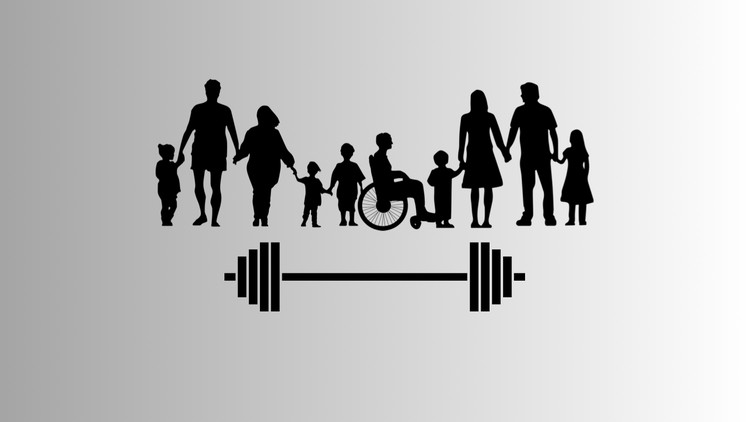
The Role of Occupational Therapy in Health, Fitness, and Disease-Prevention
What you will learn
Understand the health concerns that are related to physical inactivity
Identify the inclusivity & accessibility barriers faced by underserved populations in the utilization of fitness facilities
Identify potential strategies to overcome these barriers
Understand the role of occupational therapy in the fitness industry
Description
This course will provide education and advocacy as to why fitness should be made more inclusive and accessible to different underserved populations. Physical inactivity within these underserved populations further increases their risk of developing preventable, secondary health conditions that lead to poor health outcomes and lower quality of life. By improving participation in physical activity/ exercise through improvements in accessibility and inclusivity, these populations have the opportunity to live healthier lives. Through an increased healthy and active lifestyle, the results could mean fewer total trips to the doctor across the lifespan which will result in fewer medical bills and chance of medication dependency. For older adults this could mean continuing to live safely within their own homes and continuing to participate the occupations that are most meaningful to them. Throughout this course you will be taught what is meant as an “undeserved population”, the many barriers that these individuals face in achieving health and fitness, as well as resources/ strategies to help overcome the barriers identified. You will also learn the role that occupational therapy has within the health and fitness industries currently, and the reasons that occupational therapy should have a stronger presence within the fitness industry. Fitness can be achieved by anyone regardless of background or ability level. In this presentation that will be explained specifically through the participation in CrossFit and the methodology in which CrossFit was built.
Content